The new Liberator IV & V Communications Headsets from Tactical Command Industries have never been shown in public before. These are 100% designed from the ground up by TCI as a next generation to replace their popular Liberator II & III headsets which were Modified-Commercial Off The Shelf systems. TCI started with the basic functionality of the two legacy headsets and set about to make them even better through improved materials, design and production. For example, although the two are virtually identical, the Liberator IV is designed for a single comm application, while the Liberator IV offers dual comms functionality.
This is the first tactical communications headset totally designed, built, and sourced in the USA. All of the design work was conducted by TCI using a blank slate. They did not adapt or copy any existing system. The headwear design is unique and all of the components are Made in USA. In fact, the injection molding is done at the same Safariland Group business where Safariland holsters are injection molded, and using the same materials and color palette. Currently the headsets will be offered in Flat Dark Earth, OD Green and Black but other colors are available with minimum order quantities. In fact, I fully expect o see production models in the new Medium Coyote Tan (MCT) recently specified by the US Army for weapon accessories. Aside from the molding, much of the production of the other components for these headsets is handled within Safariland.
Additionally, this is the first 3 mode headset on the market. What TCI means by this is that it operates using sound localization and compression, like many traditional headsets on the market today. However, one of the limiting factors for these headsets is constant high decibel/high frequency sound (back of a helicopter, on a patrol boat, in an MRAP). Compression electronics are useless and the passive sound attenuation of the muff is poor because it is small; designed to fit under tactical helmets. The Liberator IV/V add a second mode of active noise cancelation (ANC). This operates very much like the Bose or similar headsets you wear in aircraft, creating a counter wave that neutralizes the high level constant noise. Their third mode combines sound compression and ANC to provide complete hearing protection from impulse noise that happens to take place while in a constant high noise level environment (door gun on helicopter, mini-gun on patrol boat, or M2 on MRAP). This is accomplished by using two high speed modern digital signal processors, working independently or in tandem.
Like modern radios, the Liberator IV/V’s firmware is updateable. Any updates can be pushed via wireless firmware update, so there’s no need to replace the entire PCB and processor in order to modernize the headset. TCI has also incorporated higher quality speakers which leads to improved sound quality. The speakers are no longer flush mounted. Instead, there is a sound “port” or hollow space behind the speakers to provide better high, low, and mid-range acoustic response. This eliminates that “tinny” sound associated with some headsets.
TCI’s “Dual Fuel” system is pretty cool. The Liberator IV/V is equipped with a battery box that accepts either 2 AAA or 1 CR123 battery. Although performance is dependent upon what you have the headset doing, battery life is comparable to existing headsets while operating in the same mode.
There are two headset suspension options. There’s the traditional over the head comfort mount and unique modular universal mount which includes a helmet rail mount that attaches to the rear part of the rail. Adaptors for Team Wendy helmets are also available.
A lot of innovation went into the development of this headset. TCI has applied for patents covering certain specifications on the ANC hardware, wireless firmware update, dual fuel battery compartment, speaker configuration, and aspects of the universal headset suspension.
Because TCI controls 100% of the production, they tell me the Liberator IV and V will not cost any more than their legacy headsets, which keeps them on par with other manufactures in terms of price and features. TCI’s position is that they are offering a Ferrari at the same cost as everyone else’s Chevy.
The Liberator IV is a single comm headset and will come in the same configurations as the Liberator II was available in. The Liberator V is dual comm and will come in the same configurations as the Liberator III did. If you used a specialty variant of either of those headsets, they’ll be available with the new headsets as well. There will also be a Liberator HP which is a standalone (no comms) headset similar to the DEHP and like the DEHP could be converted to a Liberator IV or V.
The Liberator IV/V should be available by Summer. Final field trials with selected military and Federal LE end users will start in a couple of weeks. Based on feedback, TCI will make any last minute changes. I look forward to seeing how these run in the field.
www.safariland.com/our-brands/tci


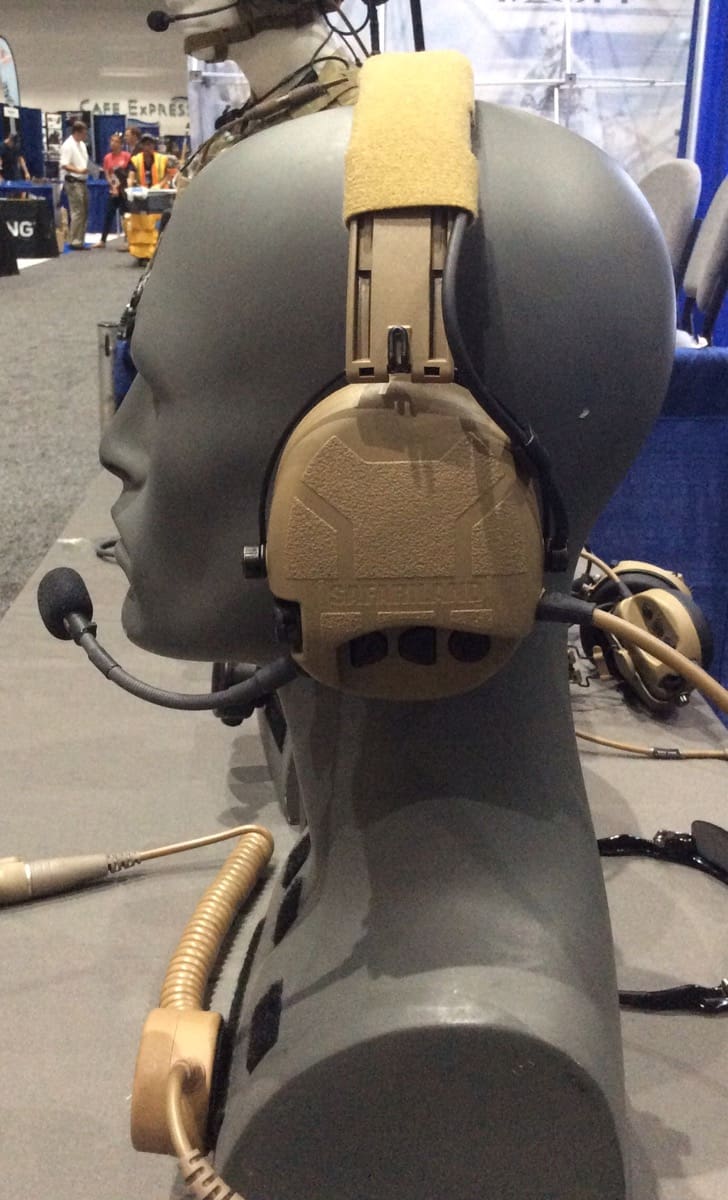
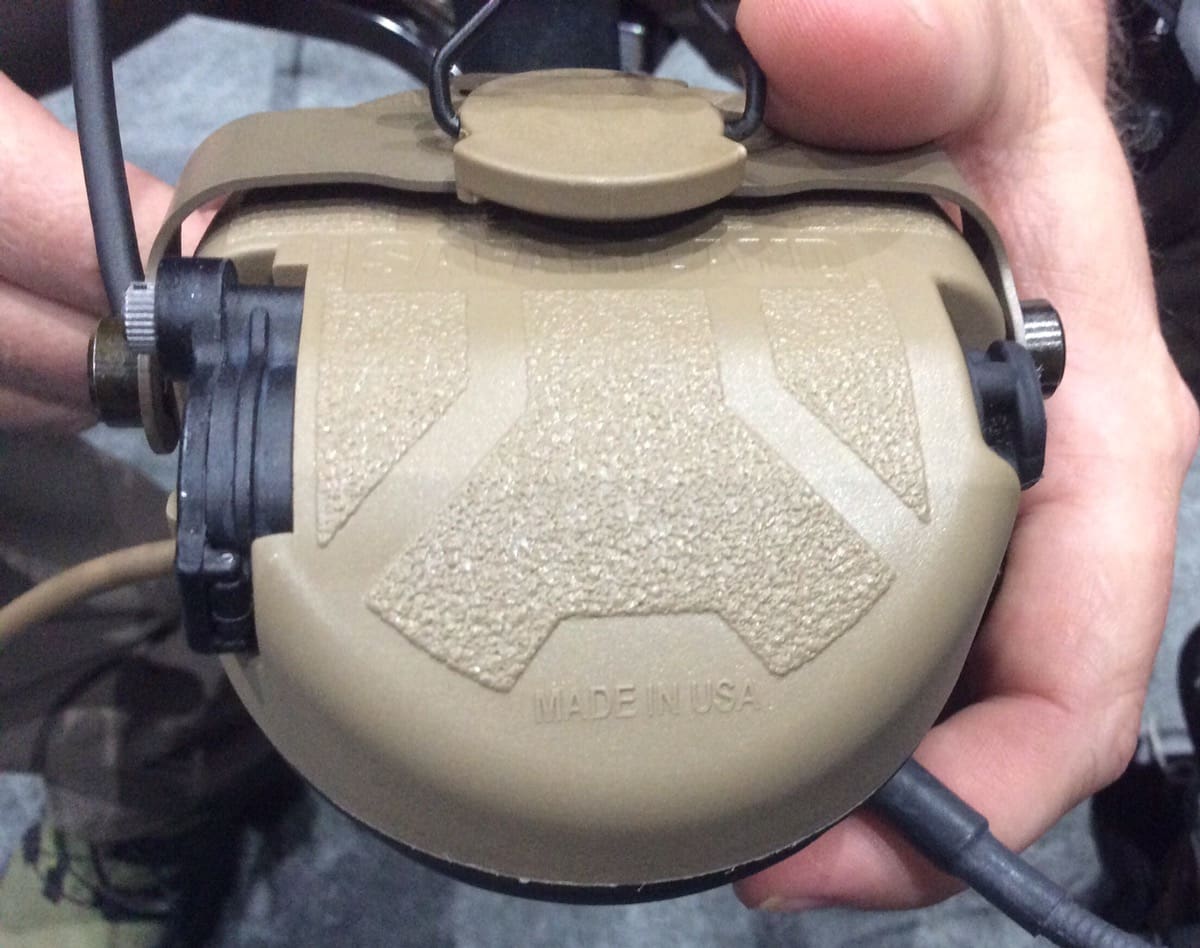
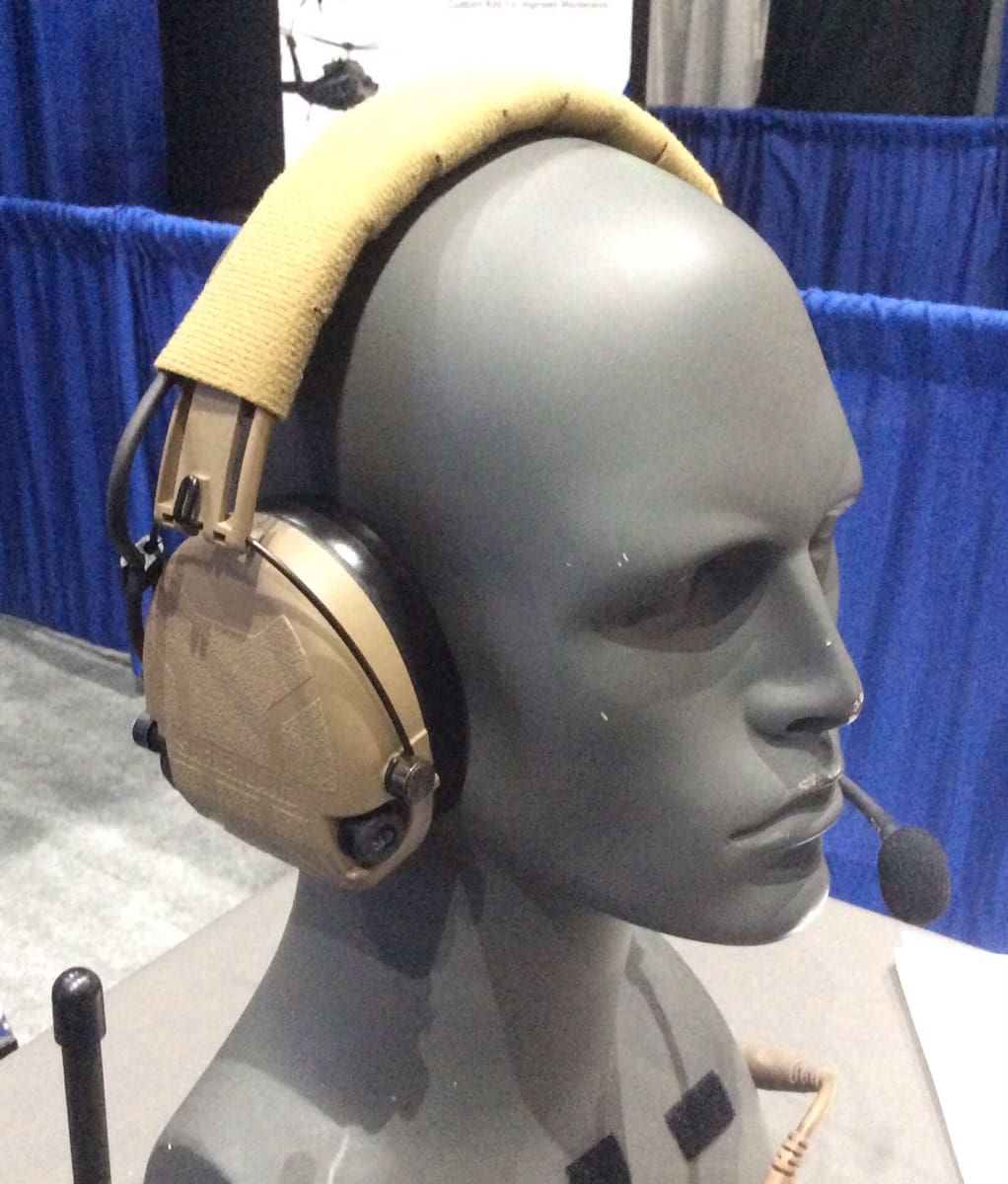
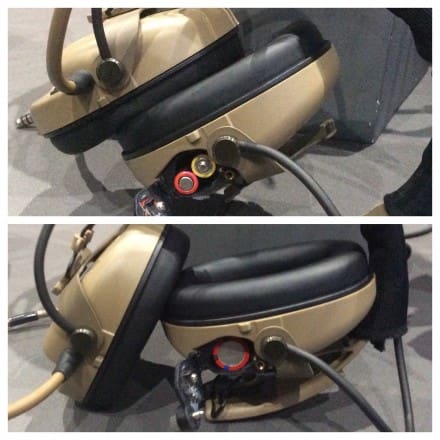
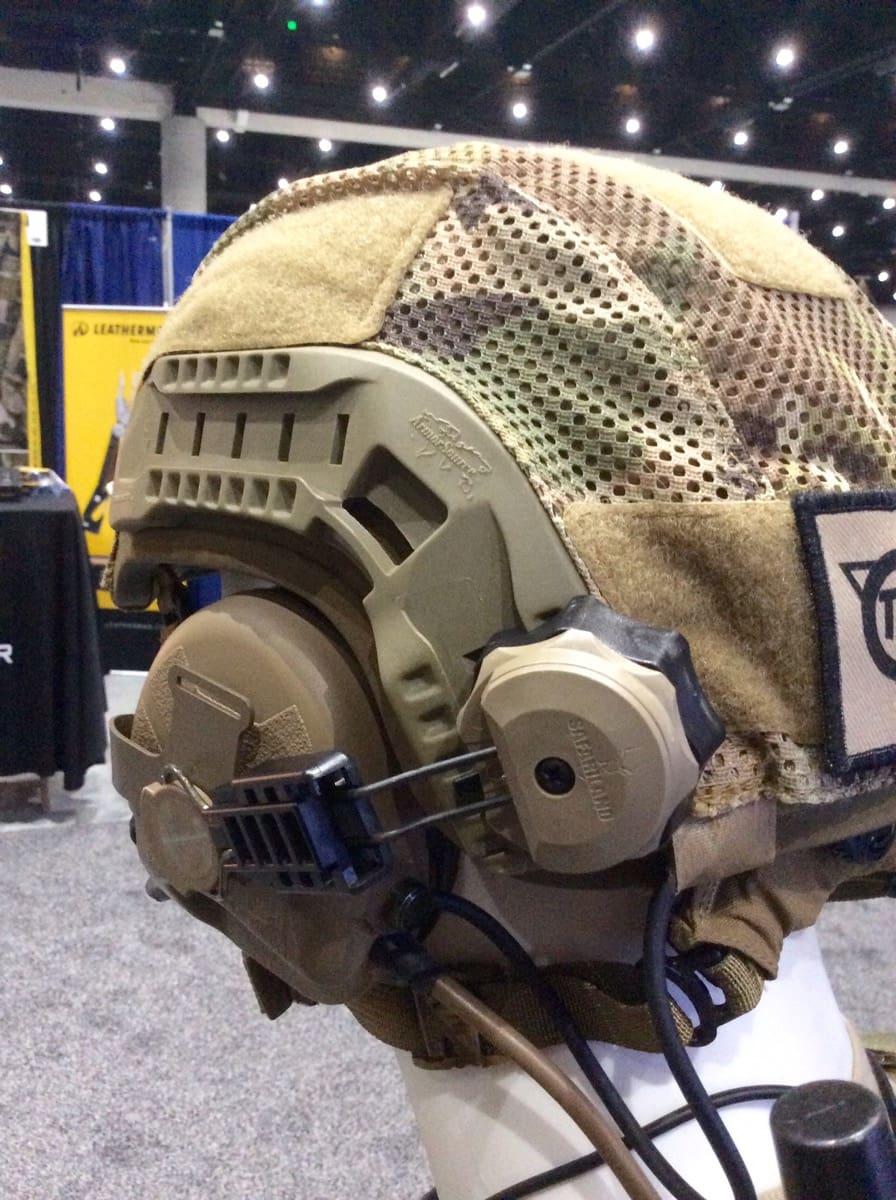
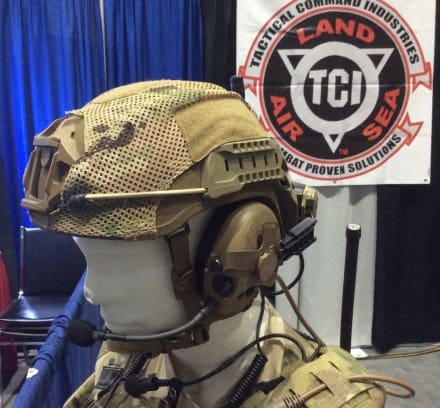
Looks a lot like the old MSA Sordin Pro
I’d be curious to see a profile shot comparing them with the Peltor’s. It may just be the pictures, but they look like they are thicker. Probably worth the trade off if they are, as the ability to suppress constant high decibel noise would be great.
The look thicker to me. It’s the shape.
Are you implying there is a difference between a Chevy and a Ferrari?
For reals though, especially in light of the discussions on “high cut helmets”, when is someone going to throw a little armor over the outside panel of ear pro…?
I KNOW I’ve seen that exact thing here on SSD.
Ballistic appliques for comms ear pro that velcros onto the headset. I just can’t find it at all or remember who showed them off.
I have seen it as well – used to have a link saved, but no longer, and I cannot find it after 5 minutes of Googling.
Thought it attached with double-stick tape rather than velcro – but I know I’ve seen it marketed for many years now.
Something like this?
https://s17.postimg.org/vmmtu0n3z/IMG_3699.jpg
No – not attached to the helmet in any way, but instead attached directly to the upper flat surface of a Sordin hearing protector.
According to Trent below they’re made by MTEK
http://www.mtekweaponsystems.com/supply/image/data/CSP-1-2014.pdf
I don’t know if they make or don’t make them anymore, but there’s nothing out there about them.
Will the helmet mount work with a Crye Airframe at all?
MTEK has the ear-pro armor.
Can I plug my iPod in somewhere? 😉
Seriously though, these look pretty good and eliminate the need for a set of ear plugs underneath the headset.
I don’t understand why compression electronics are “useless” for constant high decibel/high frequency sound.
Compression electronics simply lower the decibels of the constant sound to a safe level. Any impulse noises that come along would also be lowered to a safe decibel level.
It’s because the NRR – Noise Reduction Rating – of these headsets really isn’t very high, due to the need to keep them narrow to fit under helmets.
Taking 25dB off of a high-impulse noise level like a gunshot provides significant protection. Taking the same 25cB off of a continuous noise source is less effective – because continuous sources do more hearing damage at lower levels.
During my Army career I was very active about protecting my hearing – I wore earplugs at a minimum, or preferably plugs and muffs, whenever shooting small arms or artillery (I was an FDC Chief). But it wasn’t the gunfire which gave me hearing damage – it was sitting in my HMMWV with the engine running for a week straight when we went to the field.
Spikpillow… I think what they meant is, compression is meant for cutting impulse noise, and (exactly how you describe) puts all sound at the same, safe level.
But to that oint… The real issue Safariland is ignoring (which I will assume they are intentionally, cause no one currently has solved it)… is when you are in a steady state noise environment, it gets annoying to leave the microphones on for extended periods of time, when you want it to be quiet.
So if your headset is providing great attenuation… your still subject to (possibly) annoying levels of constant sound and you may need to keep those sound levels up because you need to hear voice or other important things (i.e. distant gunfire)
The technology described here wont address the issue of the mix of voice and outside sound driven by the talk through.
Weaver, just to add to your point. 100% agree about with your statement that the lower frequency noise is dangerous. But you can’t look at it the way you described.
So the NRR is your average attenuation, across all noise frequencies. So if you have an NRR of 25, in your example… you would not assume its 25db off the high and 25db off the lows equally. If you wanted to get that specific, you would have to look at the entire frequency chart and see how well the hearing protector does at all the levels… more than likely (to your point) the device will do much better protecting against the highs Vs. the lows.
But also, keep in mind, the NRR is specifically a test for Steady State Noise (not impulse noise). And the NRR is suppose to be used in conjunction with OSHA’s permissible noise exposures. Meaning, the NRR, by itself is meaningless. If you have a 25NRR… great… but you need to know how loud your environment is and how long you will be exposed to it to estimate how effect your device is to your environment.
Here is the weblink: https://www.osha.gov/pls/oshaweb/owadisp.show_document?p_table=standards&p_id=9735
So for example… the lowest level OSHA calls out is 90db, and you can be exposed to 90db of noise for 8 hours before reaching a hazardous level. If your hearing protector provide an NRR of 25, that means you can be in a 115db noise environment (115-25=90) for 8 hours.
Here are the two ANSI standards (for anyone who is interested) for testing steady state noise and impulse noise… two different standard, two different tests.
ANSI S3.19-1974 – for Steady-State Noise Attenuation and
ANSI S12.42-2010 – for impulse noise protection